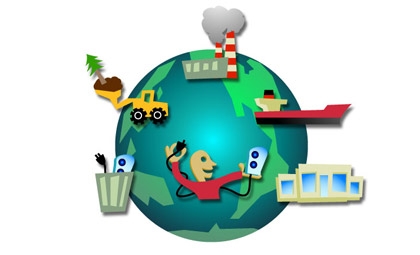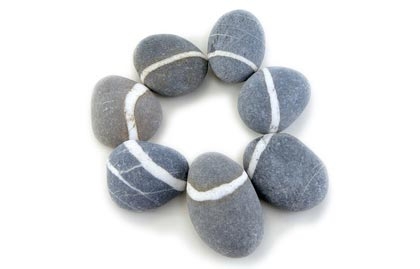Perspectives on greener product development and manufacturing from Sustainable Minds, our partners, customers and contributors.
Strategies
Designers Sailing to Sustainability

Certifications & labeling, Designers, Electronics, Green Economy, Life cycle assessment, Manufacturing, Marketing, Materials & processes, Packaging, Product service systems, Products, Software & systems, Standards & regulations, Strategies, Supply chain, Sustainability paradox, Sustainable interaction design, Teamwork
Sustainable Minds release 1.3 – Unit conversions

Certifications & labeling, Designers, Electronics, Green Economy, Life cycle assessment, Manufacturing, Marketing, Materials & processes, Packaging, Product service systems, Products, Software & systems, Standards & regulations, Strategies, Supply chain, Sustainability paradox, Sustainable Europe, Sustainable interaction design, Teamwork






 Feed: blog
Feed: blog
 Have you got a sustainability idea or initiative to get off the ground? You might want to take yourself a lot less seriously.
Have you got a sustainability idea or initiative to get off the ground? You might want to take yourself a lot less seriously. 





